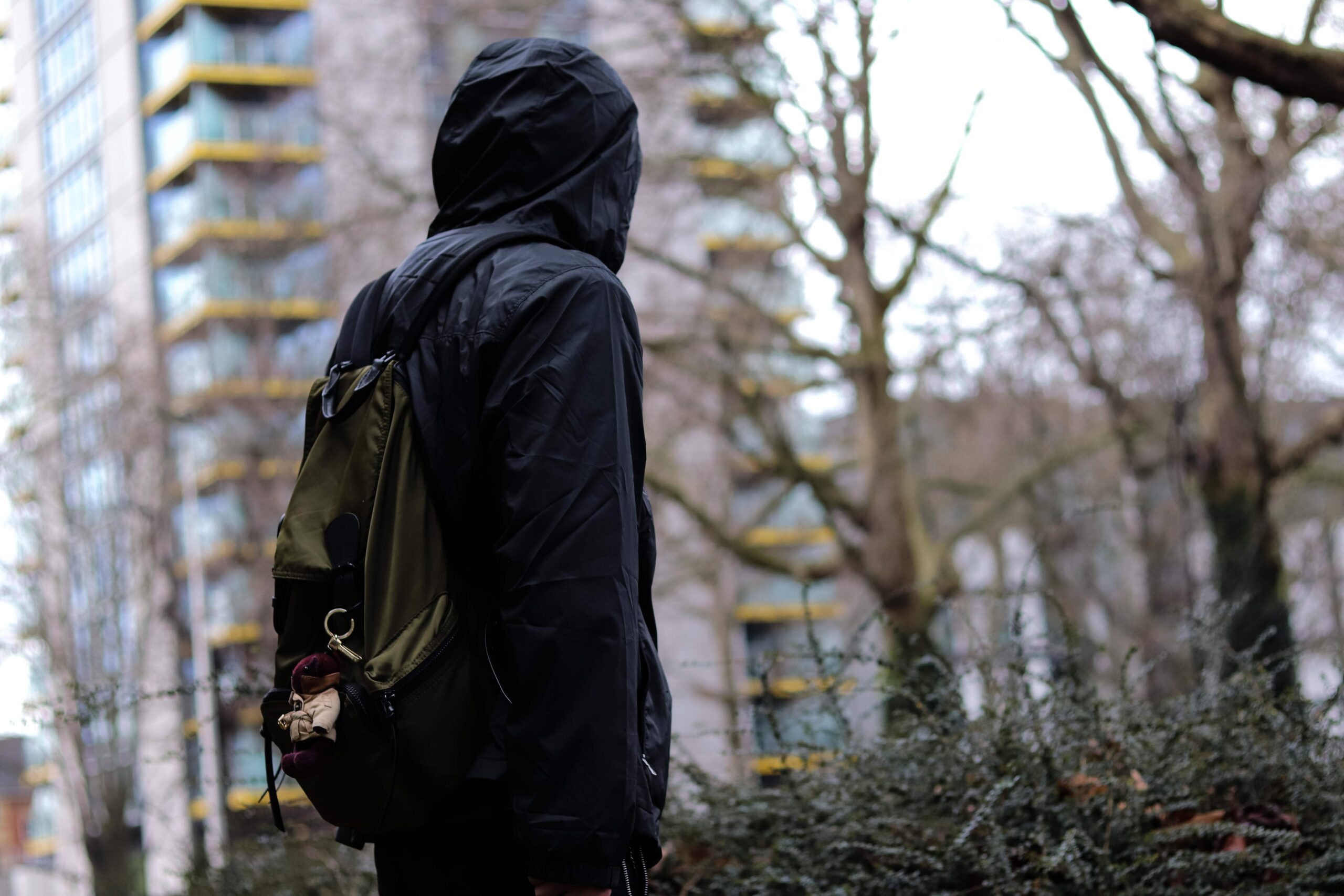Seedlings of Change: Confessions of a Guerrilla Gardener
“In under two minutes, the sequence unfolds. Dig. Scatter seeds. Cover. This rapid routine is a testament to my burgeoning proficiency. As a novice guerrilla gardener, I find a rhythm in the silent rebellion against urban neglect. The cool, pliable earth beneath my fingers and the night breeze on my cheeks make each movement feel instinctive. Trowel in one hand, seeds in the other, I carry on. I navigate the roadside verges of London’s quieter night time hustle, searching for the next overlooked plot ready for sowing.
Guerrilla gardening is an informal, unauthorised act of planting on land not legally owned by the gardener.
Where can guerrilla gardening take place? In any patch of earth awaiting seeds – a deserted lot, a narrow strip beside the pavement, or a forgotten nook, be it under private or public watch. I’ve begun to notice how many spaces designated as green belts by public authorities resemble barren wastelands more than vibrant ecosystems. These neglected public lands, overlooked by those supposed to nurture them, are where I direct my efforts, transforming neglect into growth.
I spent last summer working on two local farms and had conversations with the farmers that revealed their harsh reality: despite their efforts, they could hardly sell their produce, overshadowed by the dominance of large agricultural corporations. These giants monopolise resources and pursue quick profits through unsustainable practices like excessive use of pesticides. Every look at this unfairness hurts: I once read somewhere that the top 20% rich take 80% of the resources, leaving too little for the ordinary.
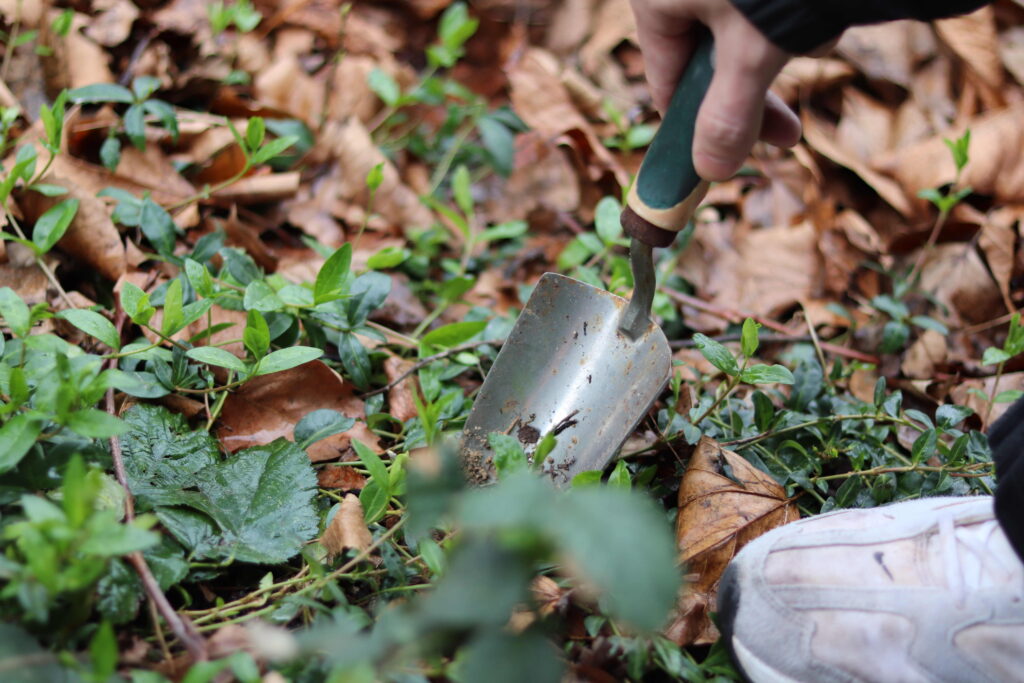
Photograph: taken by Xinyue Xu
I felt myself growing increasingly radical, ever more drawn to the idea that dramatic actions are necessary to spotlight the pressing issue of environmental degradation.
That summer my farm days were an endless battle with weeds, always sprouting where they weren’t wanted. As I toiled, a question took root: who decides what a weed is?
The label “weed” is a human invention, an arbitrary classification within nature’s vast tapestry.
There always comes a moment when you question who sets the rules. Who draws the line between what’s eradicated and what’s kept? Who decides what grows on a patch of earth and what doesn’t?
And now I’ve finally crafted my plan of resistance – no destruction, no harm, just eco-friendly and healthy. My method of activism is clear: I transform myself into a weed. Choosing to stealthily plant vegetables on public land, I will sow seeds of chaos, potential and change.
To my surprise, a quick search revealed not only a vibrant community already practising this act but also a term coined in 1970 for it, “Guerrilla Gardening”. There are even dedicated regional groups on Facebook.
I immediately reached out to veteran Guerrilla Gardening practitioners for insights. An Italian practitioner’s response regarding the essence of a Guerrilla Gardener struck me profoundly: “The key is to act, not just inquire.”
After having absorbed every lesson from a famed Guerrilla Gardener from Los Angeles, Ron Finley, I embarked on my first guerrilla gardening endeavour.
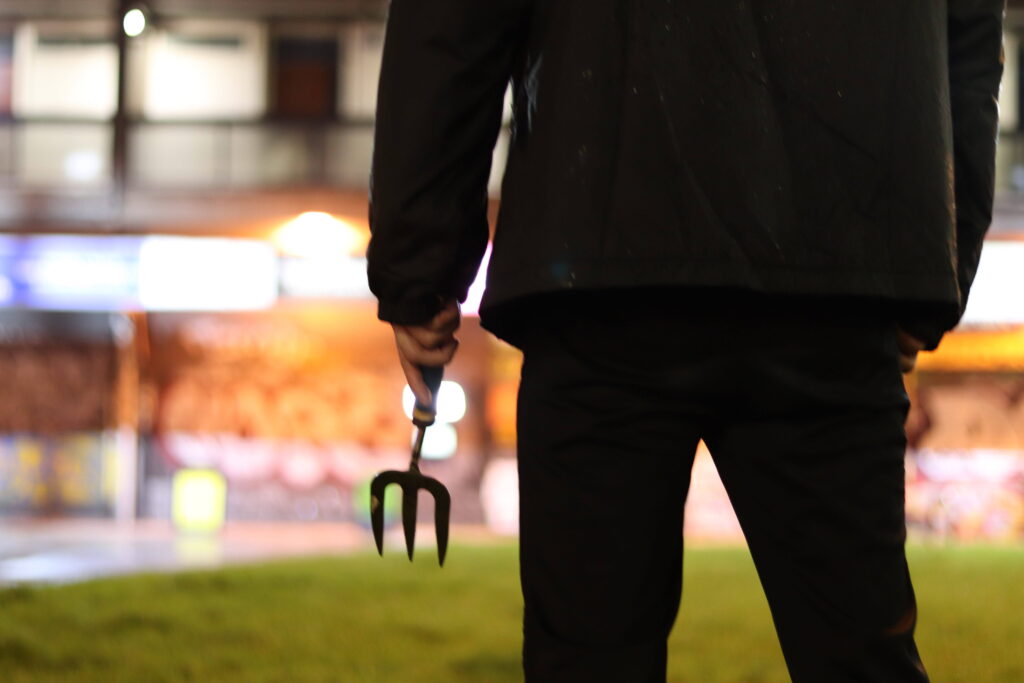
Photograph: taken by Xinyue Xu
Clad in black, armed with a spoon for its subtlety, and four bags of seeds – radishes and lettuce gifted from the farms, lentil sprouts from B&Q, and leftover soaked soybeans from home – all suitable for planting in the winter of January.
Apart from one elderly lady who approached to ask what I was doing, none of my actions attracted any attention whatsoever. It was almost disappointing.
Encouraged by this realisation, I became bolder, expanding my plantings to daylight hours. On my way to my university campus, I traded the spoon for a shovel, seizing any patch of earth I encountered.
I divide Guerrilla Gardening into two categories: casual and committed. Personally, I lean towards the casual approach, allowing nature to take its course.
There’s a certain allure in not knowing whether they’ll grow, bearing witness to nature’s resilience and unpredictability.
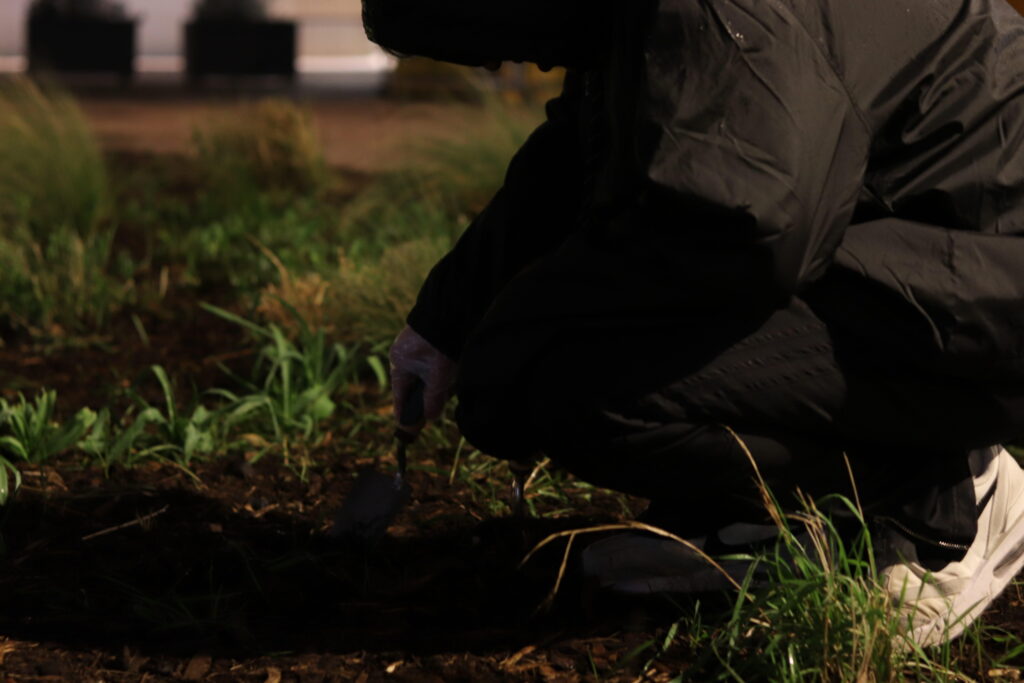
Photograph: taken by Xinyue Xu
My vision of Guerrilla Gardening is an act to be seamlessly integrated into our lives, effortlessly becoming a part of our routine, as natural as breathing.
There is an abundance of seeds to be acquired. You can find them in any supermarket, collect them from friends’ gardens, or even use seeds from a single chilli pepper, the core of a consumed fruit, or seeds picked up from fallen fruits along the way.
The process of Guerrilla Gardening itself is straightforward: select an overlooked spot, clear any trash, and then sow the seeds. Communities on Facebook dedicated to Guerrilla Gardening offer a wealth of knowledge and support for anyone looking to join the movement.
Seed bombs are a classic method to facilitate this way of Guerrilla Gardening. Made of earth, clay, seeds, and compost, rolled into balls, they allow for the easy dispersal of seeds over fences, iron gates, within walls, or even rooftops. However, they can be messy and difficult to handle, still fell short of my goal to effortlessly integrate gardening into everyday life.
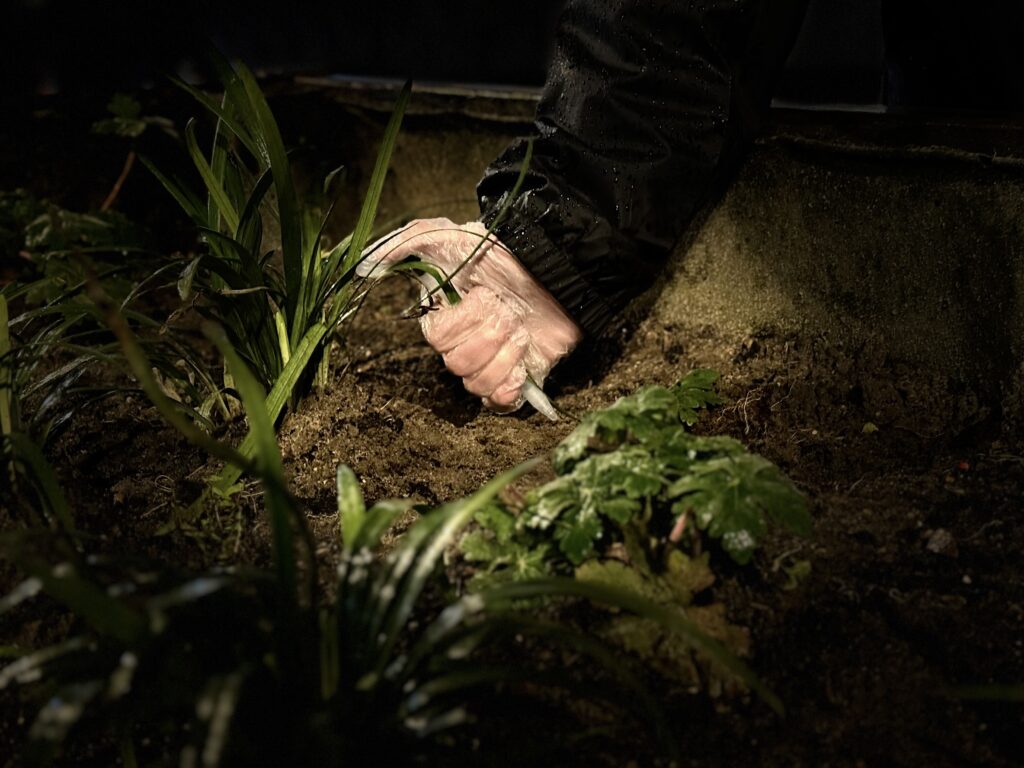
Photograph: taken by Xinyue Xu
It was because of this that I developed the ‘Seed Pen’. I repurposed a regular click pen, modifying the used pen cartridges to serve as the pathway for the projectile, reinforcing the spring for increased range, and wrapping two to three seeds in biodegradable PVA as the bullet. Each pen can hold up to 10 bullets. With a simple press, I can shoot out a seed bullet. Within a 10cm range, it can penetrate shallow soil layers sparing the need for digging.
It means the only tool I need now is a fully loaded seed pen, ready to be inserted into any location with ease. With each subtle press, it releases a seed of rebellion and regeneration.
I can’t tell whether my attraction to Guerrilla Gardening lies in the commitment to environmental protection or in its defiance of rules. It’s probably both.
However, I do know that the potato I casually planted at the end of November in the long-vacant flowerpot occupying the entrance of my apartment building has flourished. Every time I enter, I occasionally hear people marvelling at how well the lush green leaves have grown.”
Shiwei Guo
